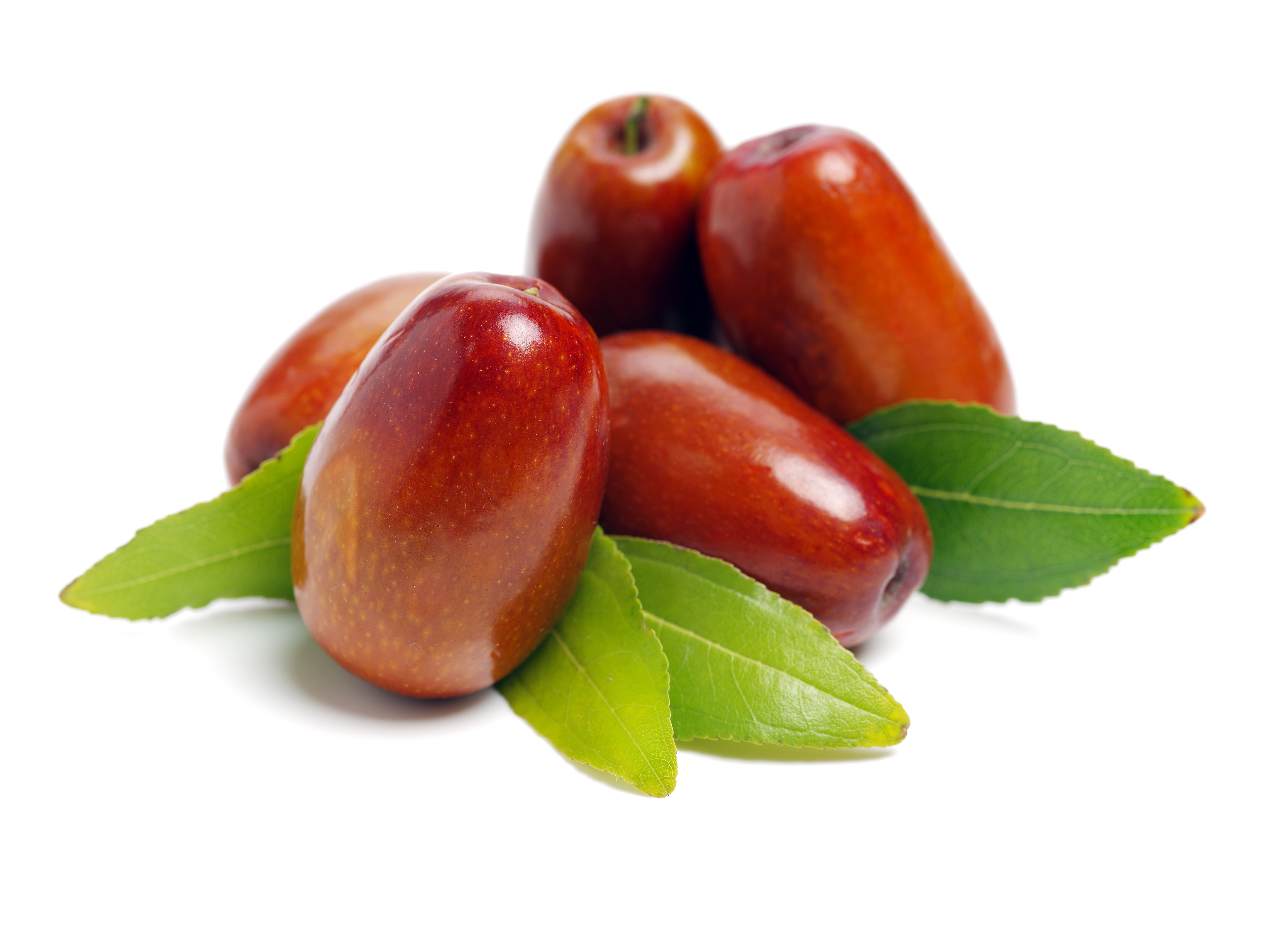MLP–HPLC–UV Method Simultaneously Determines Three Triterpenic Acids in Jujube Fruit
Researchers have developed a method for the simultaneous determination of betulinic acid, oleanolic acid, and ursolic acid in jujube extract, utilizing high performance liquid chromatography with ultraviolet detection (HPLC–UV) coupled with multilayer perceptron networks, offering a more efficient alternative to classical HPLC techniques.
Achieving precise and efficient separation of compounds with similar structures often presents challenges to separation scientists. A team of researchers in the Department of Chemistry at Islamic Azad University in Tehran, Iran, has made strides in addressing this issue with a novel approach, published recently in a study in the journal Chromatographia (1).
jujube or chinese date on white background | Image Credit: © zcy - stock.adobe.com

Authors Zhaleh Khoshsima, Amir Abdolah Mehrdad Sharif, and Ahmad Akrami introduced a method for the simultaneous determination of three triterpenic acids—betulinic acid, oleanolic acid, and ursolic acid—in jujube extract. Their goal was to not only promise more accurate results for such experiments in the future, but also offer a cost-effective alternative to traditional high performance liquid chromatography (HPLC) methods.
Jujube fruit (Ziziphus jujuba mill.) has long been recognized for its medicinal properties because it contains triterpenic acids. While HPLC techniques have previously been employed to identify and quantify them, simultaneous determination has proven to be a formidable challenge, as the molecular structures of these compounds are quite similar. The established HPLC methods demand substantial time and expense to achieve adequate separation and resolution of their chromatographic peaks.
To overcome these limitations, the research team turned to chemometric methods coupled with HPLC–UV data. Specifically, they adopted multilayer perceptron (MLP) networks, a form of artificial neural networks (ANNs). The novel MLP–HPLC–UV method did not rely on measuring peak areas; instead, the researchers who devised it focused on the spectral data of the analytes within the heavily overlapped peaks. This innovative approach offers significant advantages.
The efficacy of the method was rigorously tested by analyzing synthetic mixtures of triterpenic acids. To evaluate practical applications, the standard addition method was employed to assess potential interferences and recovery rates for these acids in jujube extract. The results, according to the researchers, yielded highly accurate prediction data and achievement of excellent recovery rates.
One of the standout features of this novel method in this case, the authors explained, was its simplicity and efficiency. It employed a straightforward mobile phase and eliminated the need for an internal standard, a common requirement in more traditional HPLC techniques. Moreover, it significantly reduced the runtime, offering a time-efficient alternative. Using MLP–HPLC–UV, the researchers hypothesized that complex gradient elution conditions often used in classical HPLC methods would no longer be necessary.
In summary, the research conducted by Khoshsima, Sharif, and Akrami has introduced a method for the simultaneous determination of betulinic acid, oleanolic acid, and ursolic acid in jujube extract. By integrating multilayer perceptron networks with HPLC–UV data, this approach provides a more cost-effective, time-efficient, and accurate alternative to more common HPLC techniques. This development promises to be of great interest to the analytical chemistry community and researchers exploring the medicinal potential of jujube fruit.
This article was written with the help of artificial intelligence and has been edited to ensure accuracy and clarity. You can read more about our policy for using AI here.
Reference
(1) Khoshsima, Z.; Sharif, A. A. M.; Akrami, A. Simultaneous Determination of Triterpenic Acids in Jujube Extract Using HPLC–UV Coupled with Multilayer Perceptron Networks. Chromatographia 2023, 86, 617–625. DOI: 10.1007/s10337-023-04273-0
Investigating PFAS in Plastic Food Storage Bags Using LC–MS/MS
May 8th 2024Yelena Sapozhnikova from the United States Department of Agriculture spoke to The Column about her innovative research investigating PFAS in plastic food storage bags using targeted and non-targeted liquid chromatography–tandem mass spectrometry.
Vitamin D Determination Tested Using Liquid Chromatography–Tandem Mass Spectrometry
May 2nd 2024Scientists from Hangzhou Medical College recently recorded the effectiveness of novel quality control strategies for the determination of vitamin D using liquid chromatography–tandem mass spectrometry (LC–MS/MS).